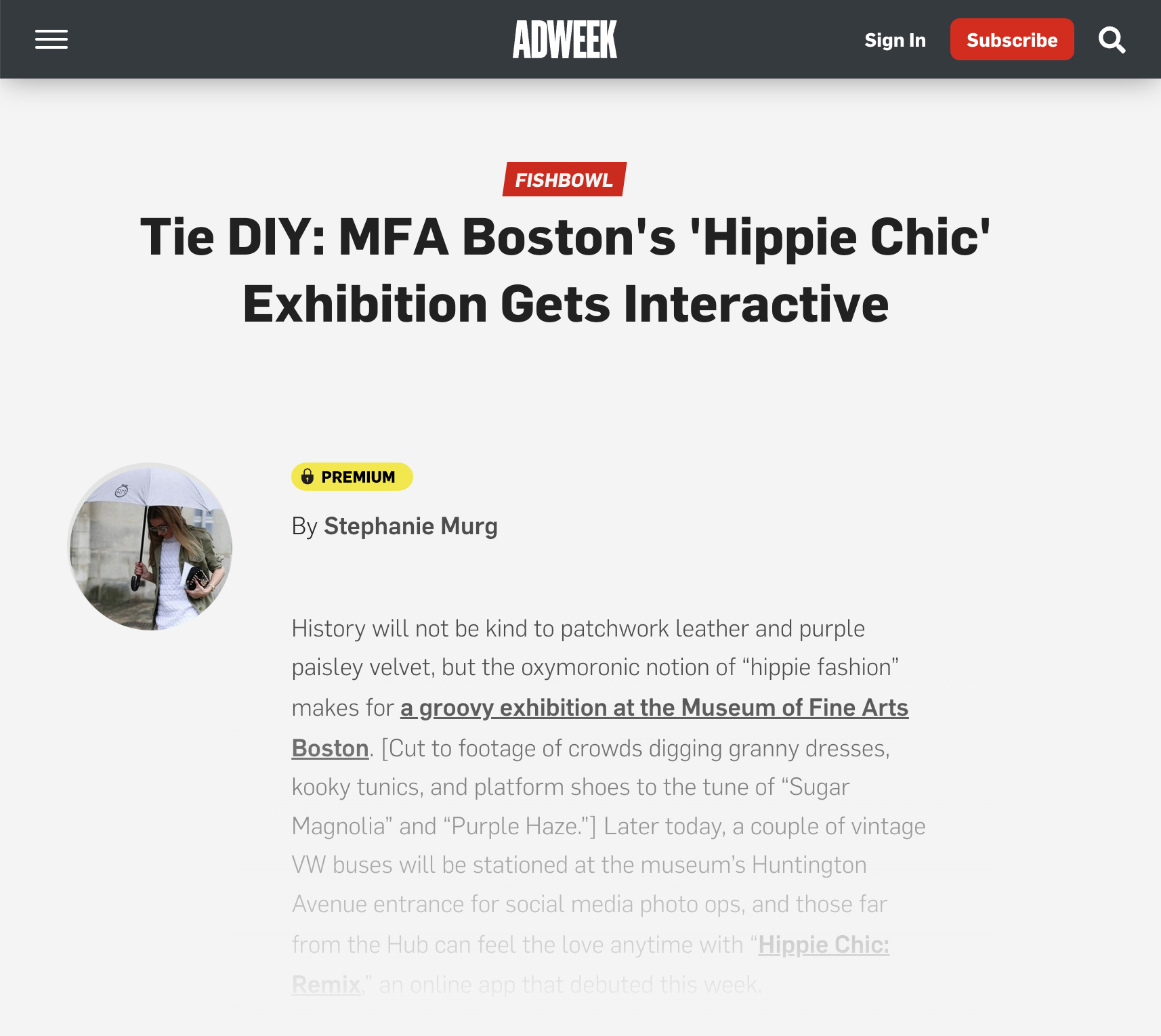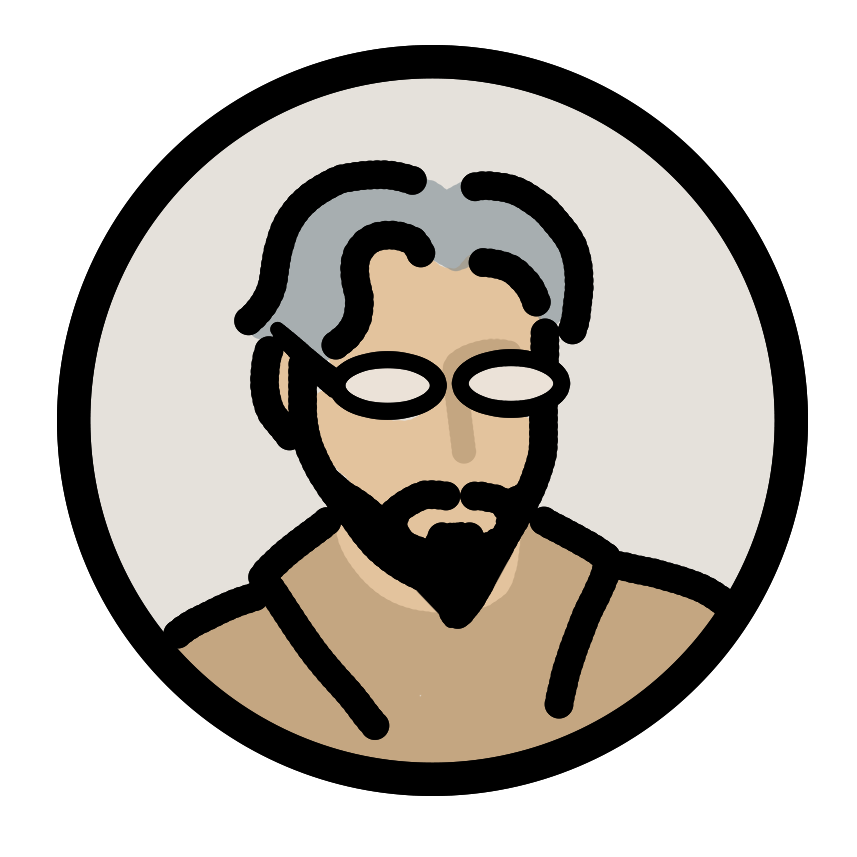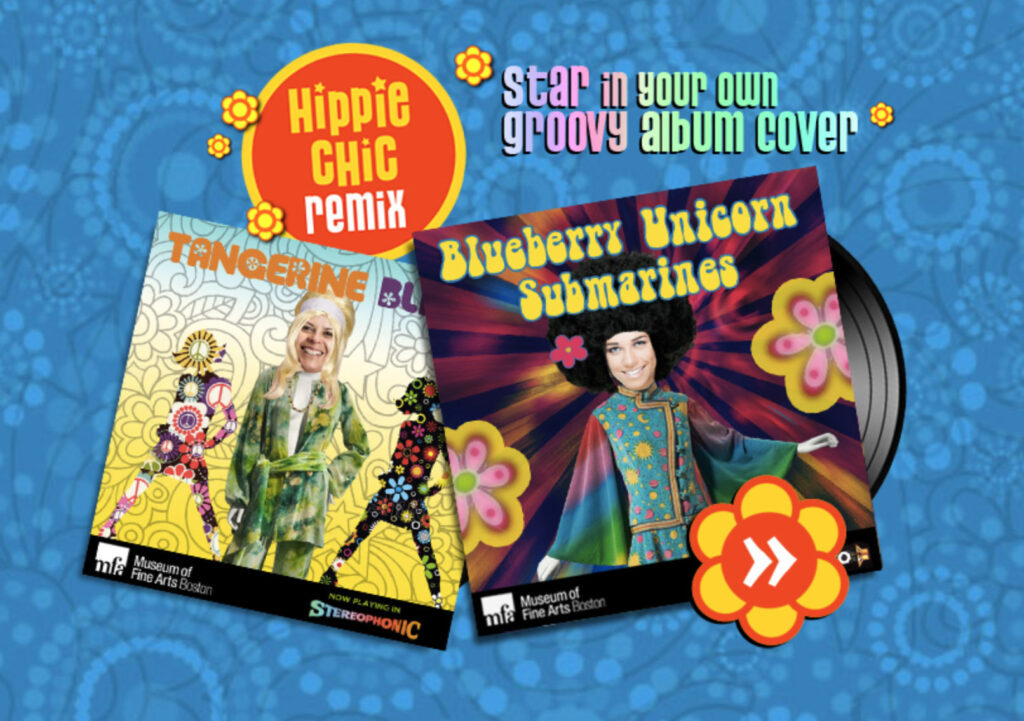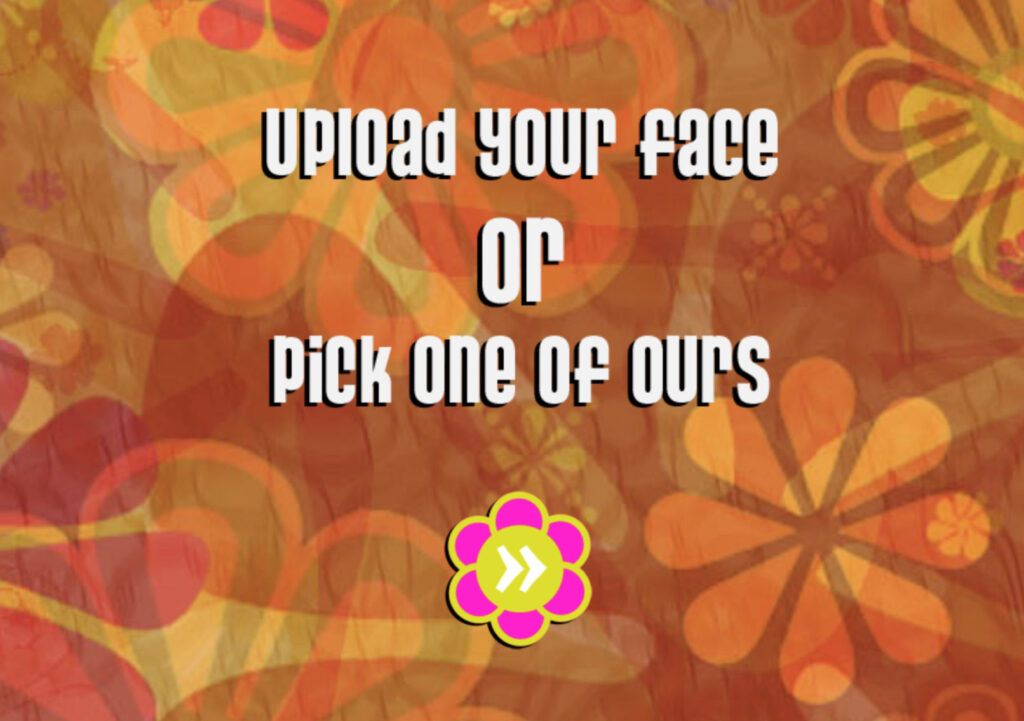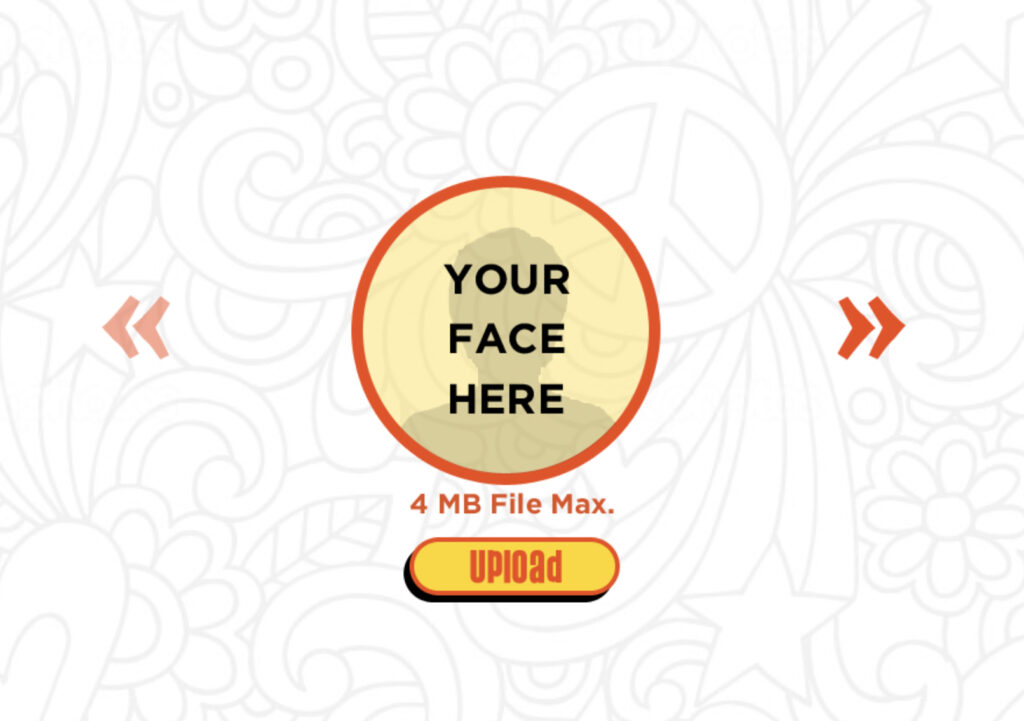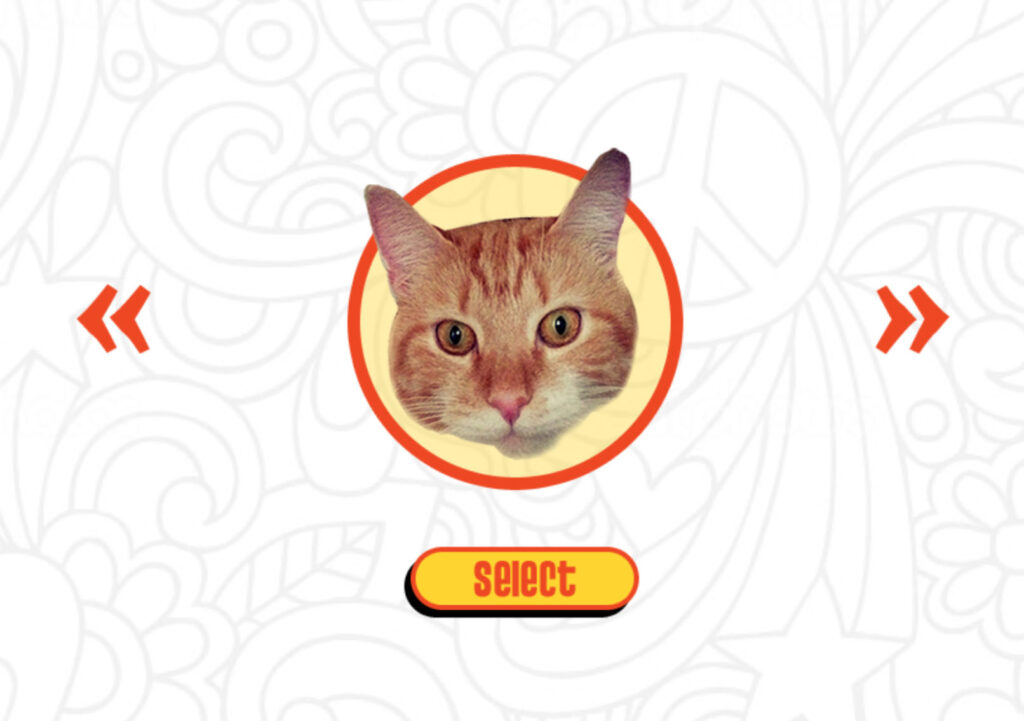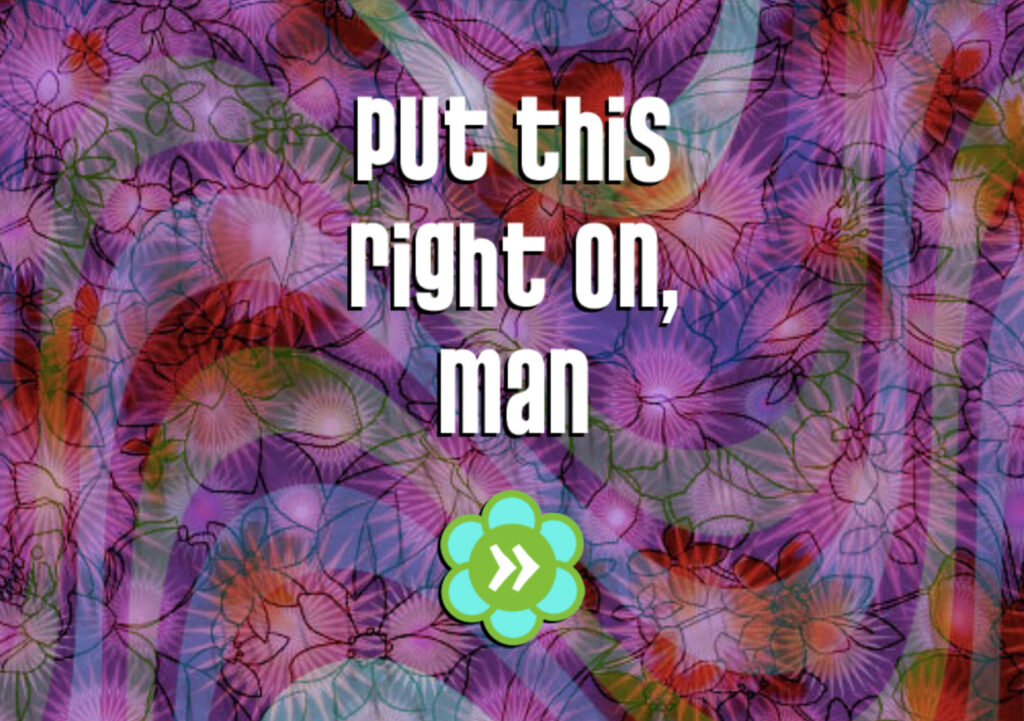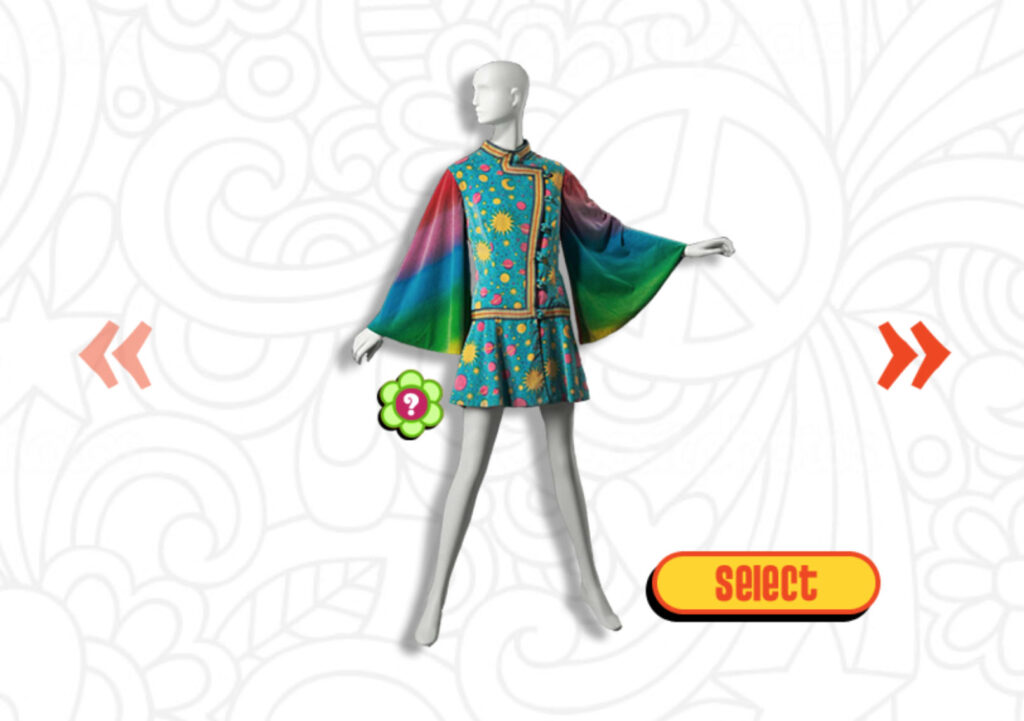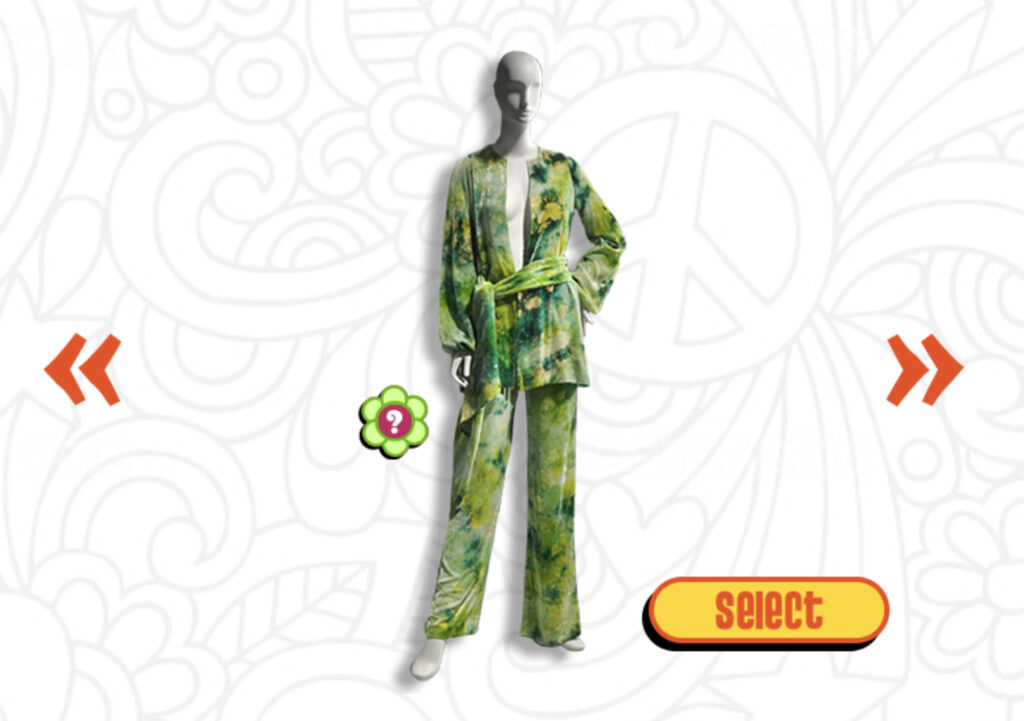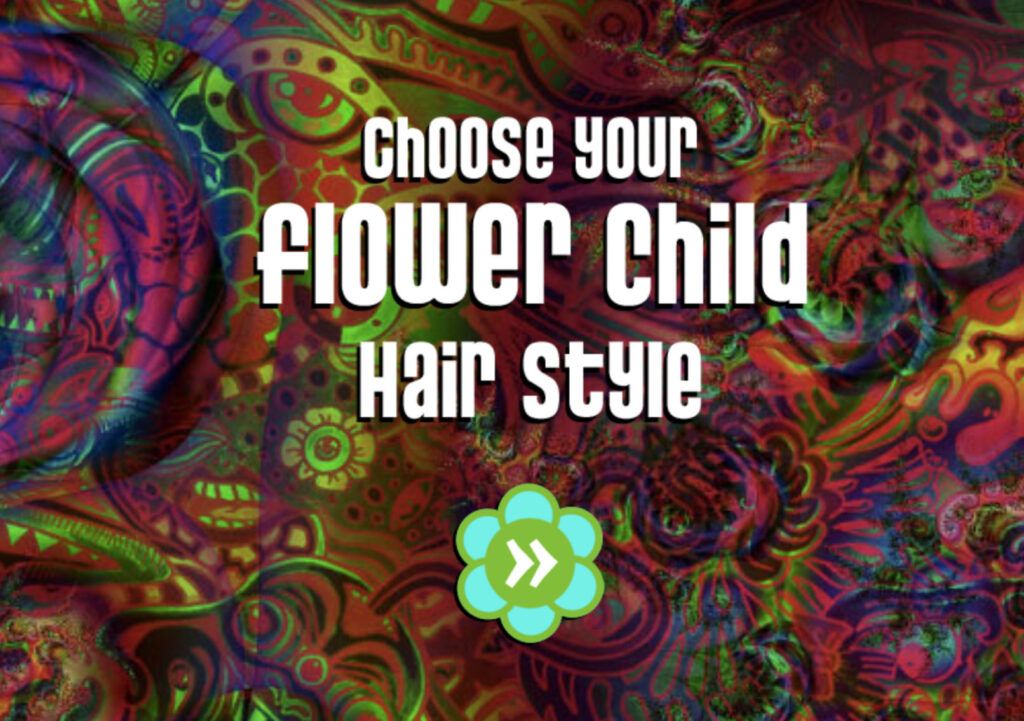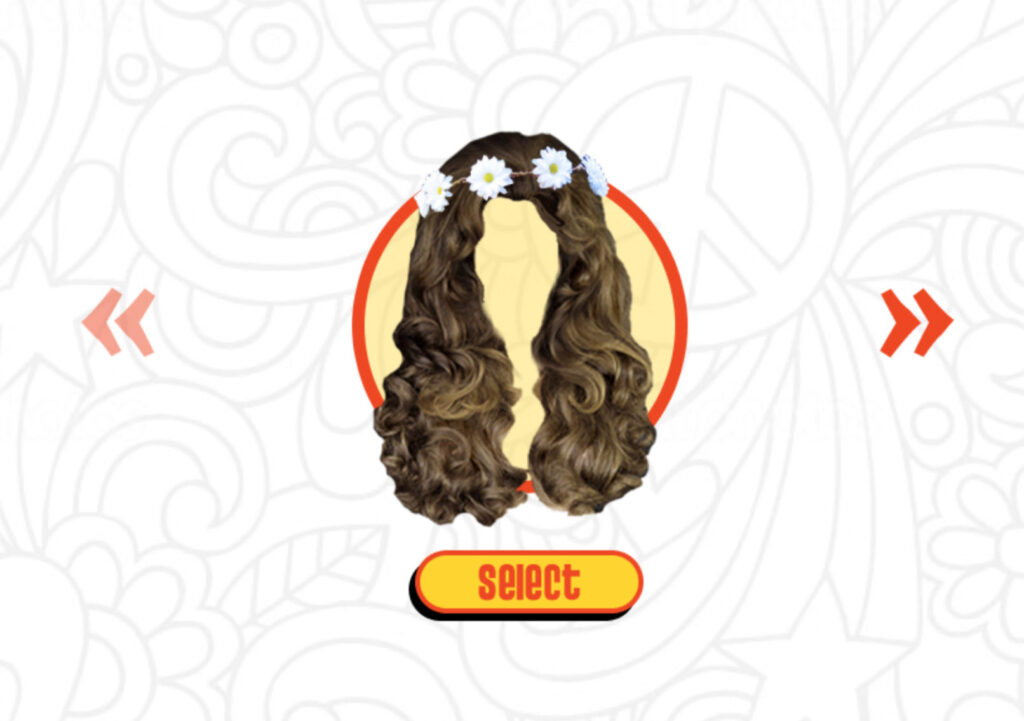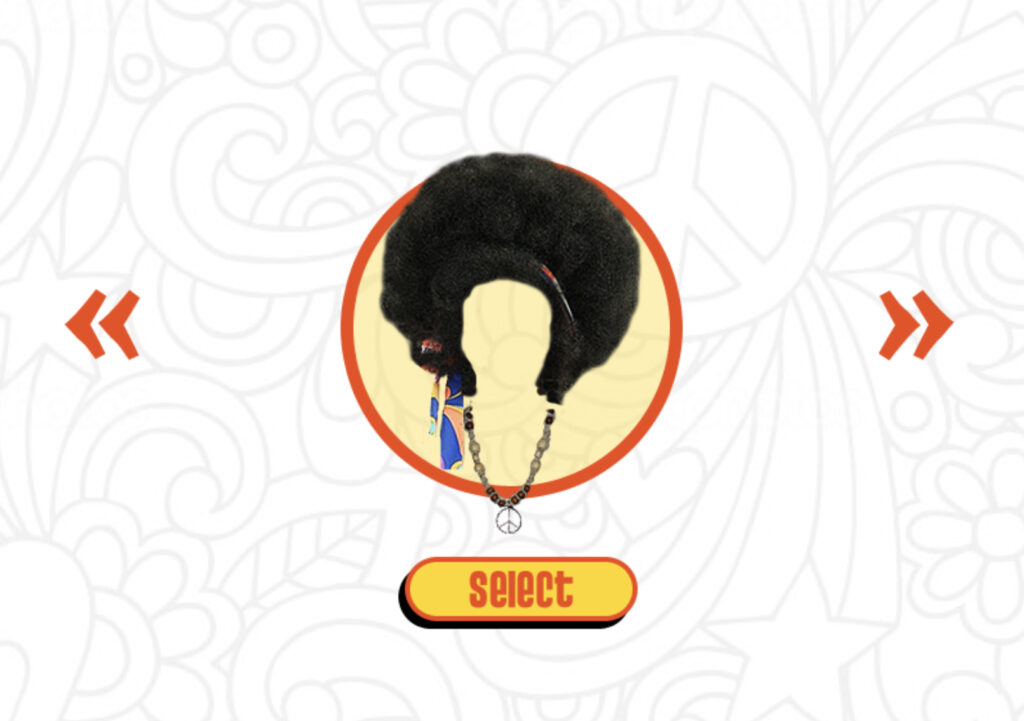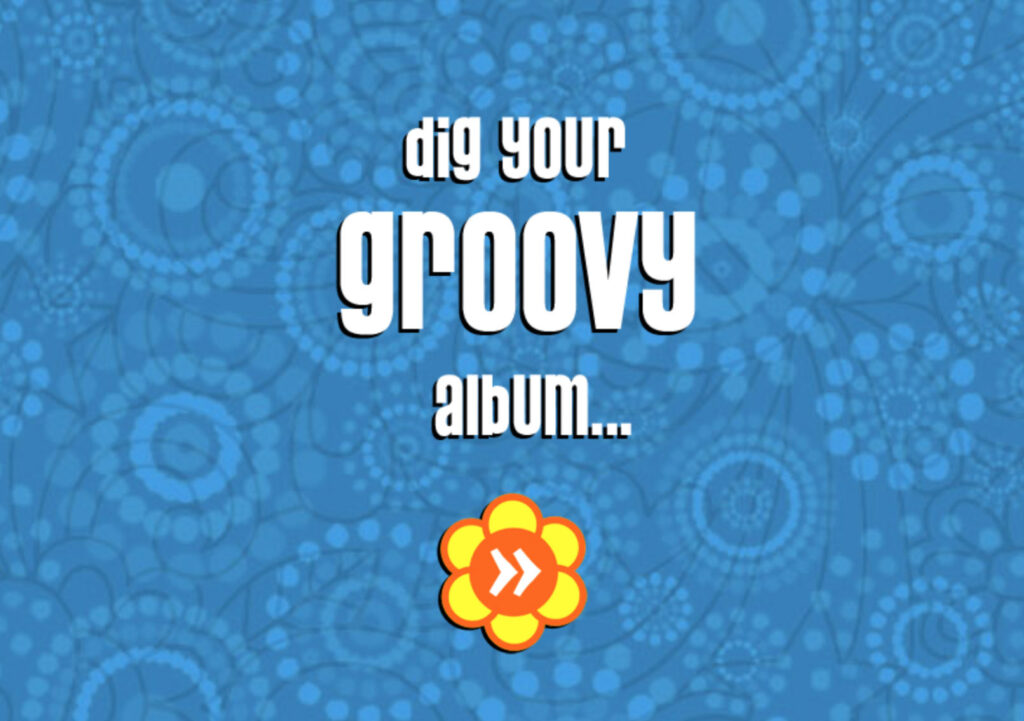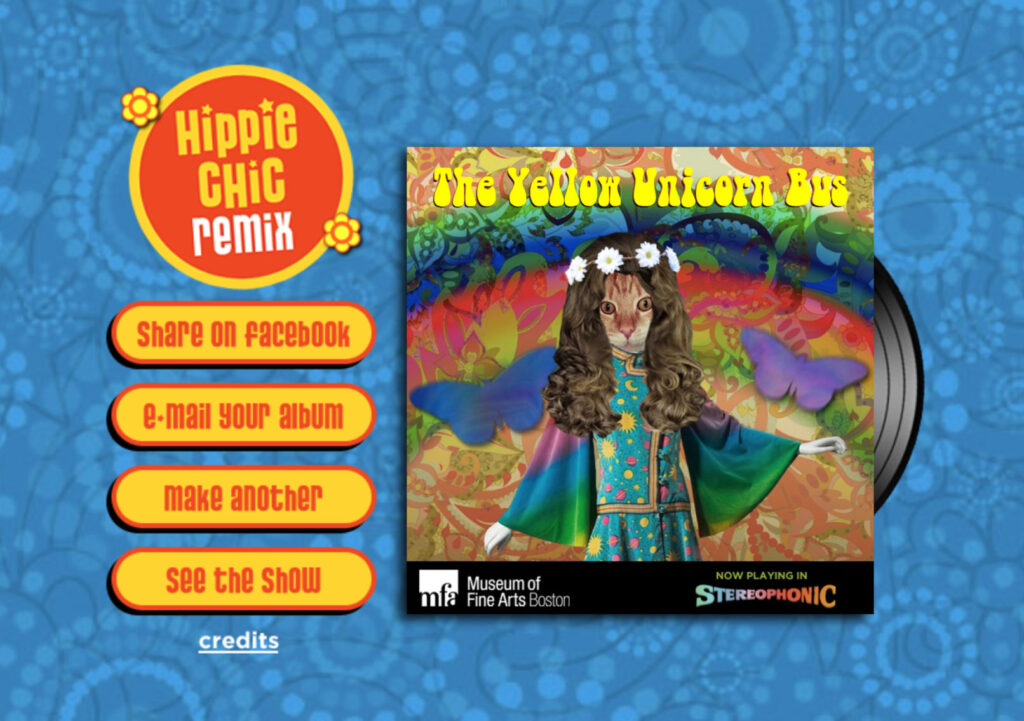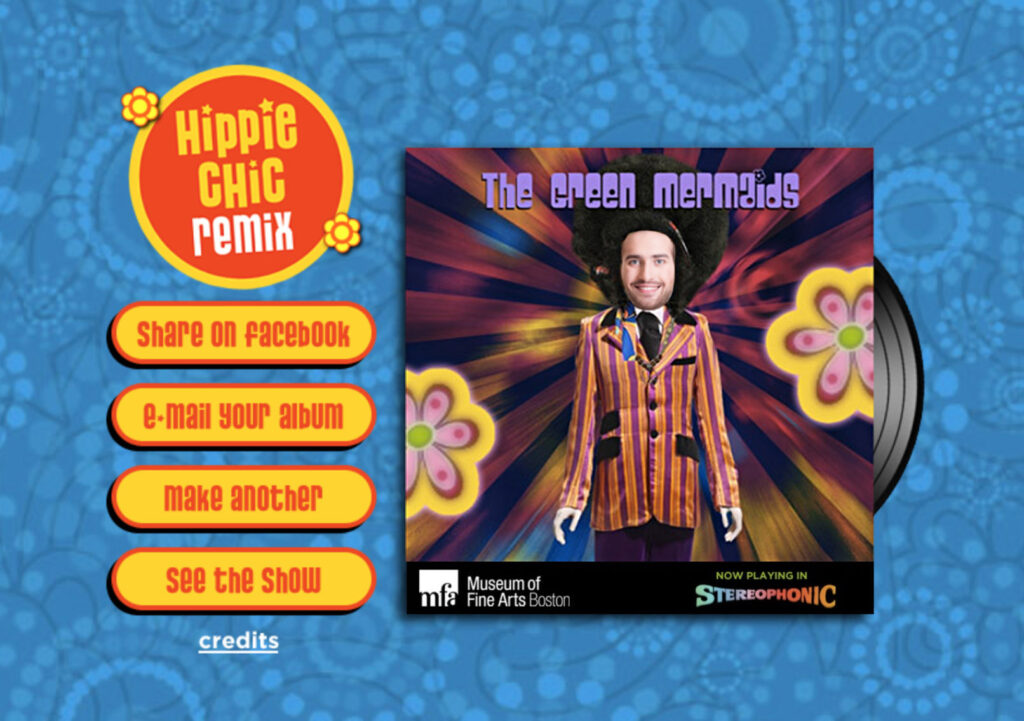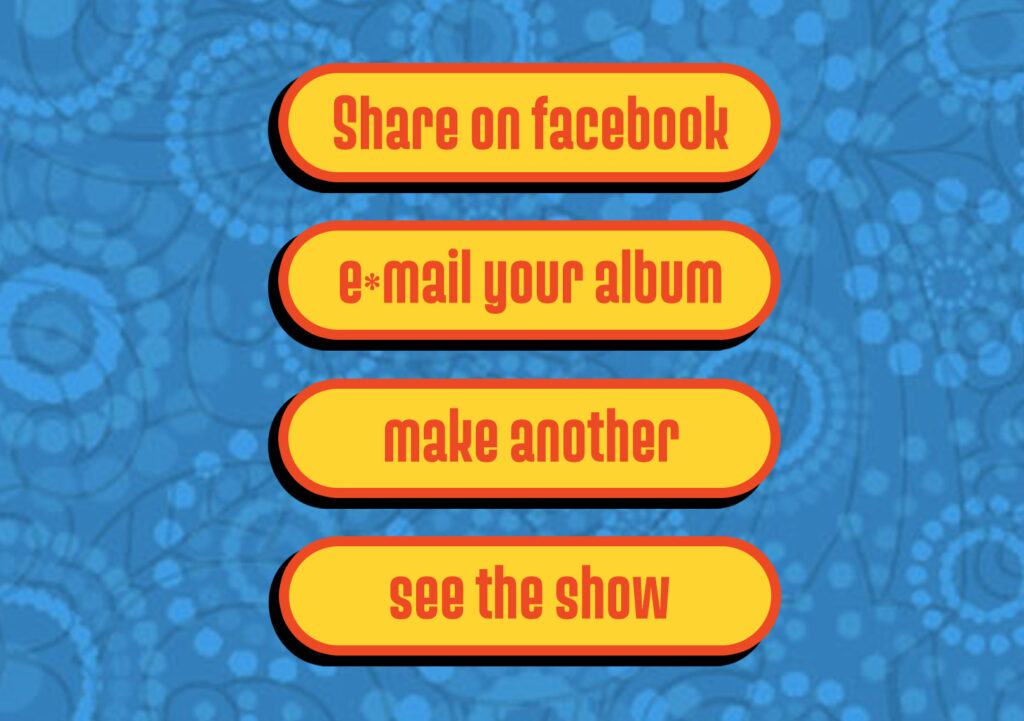CASE STUDY
Boston MFA
Having fun while promoting art to reach a wider audience.
How I led the client to envision their project as broader than they imagined.
The situation:
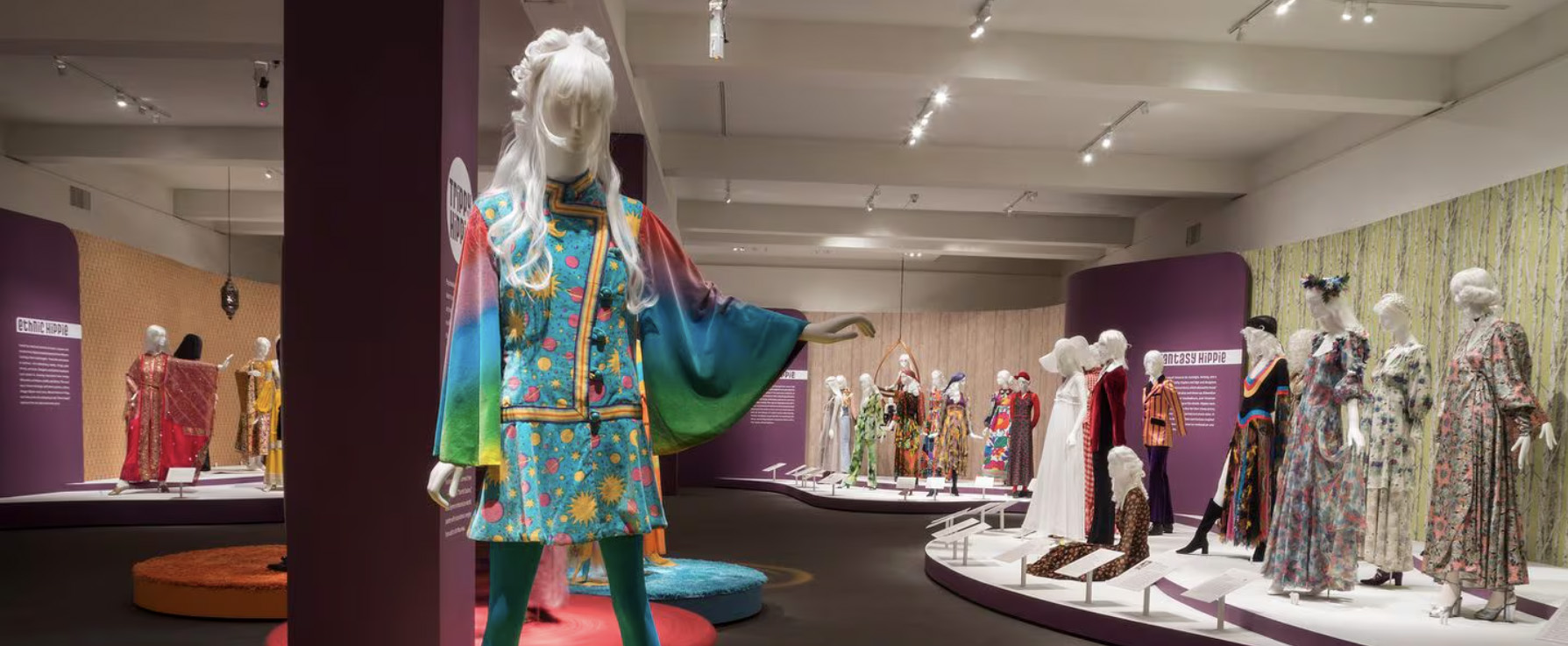
The Boston Museum of Fine Arts had scheduled an unusual exhibit of 1960s psychedelic clothing that defied their conservative fine arts reputation. They wanted to give their members an email preview of the clothing and encourage them to share with their non-member friends.
The underlying question is: how to entice people to share something.
—
The answer is: get them to invest in it, so the sharing becomes self-promotion.
(The other answer is: to make it fun!)
My approach:

I was design director and lead designer at Pod Digital Design when we received an RFP from the Boston Museum of Fine Arts for their upcoming Hippie Chic exhibit of 1960s psychedelic clothing. We were one of five companies proposing ideas. The MFA wanted a glorified slideshow preview of the clothing items to email their members. As a side thought, they added that they would be happy if their members shared the slideshow to non-member friends.
I made the virality a baseline premise.
I conceived the idea of an interactive (HTML5 / CSS / Javascript) 1960s vinyl LP album cover generator, inspired by the functionality of a classic fill-in-the-blank MadLib game (select things, then be surprised how they are used). The psychedelic clothing of the sixties goes hand-in-hand with the psychedelic music of the sixties. And the music is inseparable from the album covers. I pitched to the MFA that their members were unlikely to browse through a straight-forward click-through of their exhibit and would certainly not forward it to their friends. But if the object was to create a personalized psychedelic album cover, featuring themselves wearing an item from the exhibit, the click-through rate would substantially increase.
The first task was to isolate the 20 outfits from the background of the photographs supplied by the museum and standardize their size and presentation.
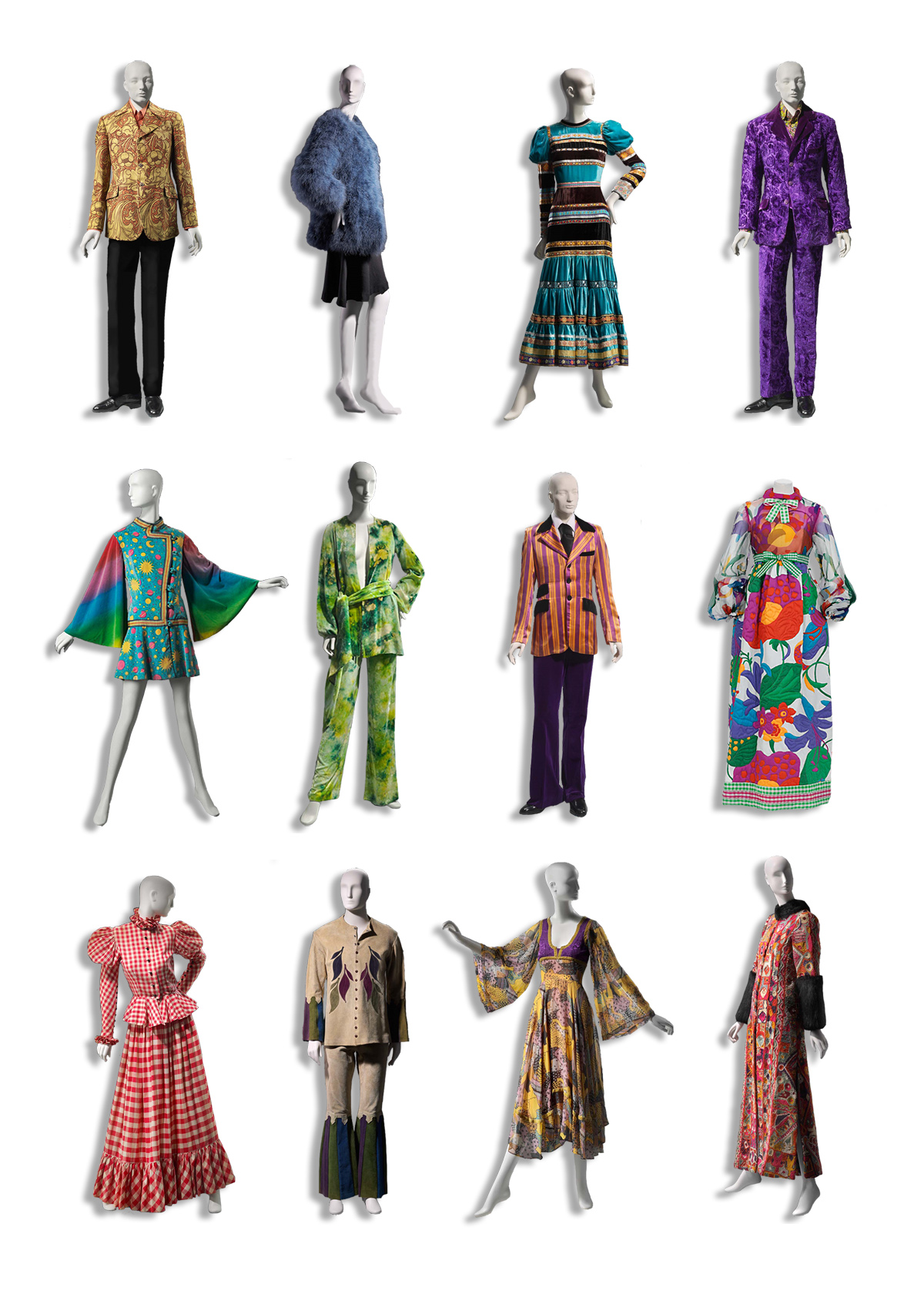
Next up was to create a series of psychedelic backgrounds for the promotion.
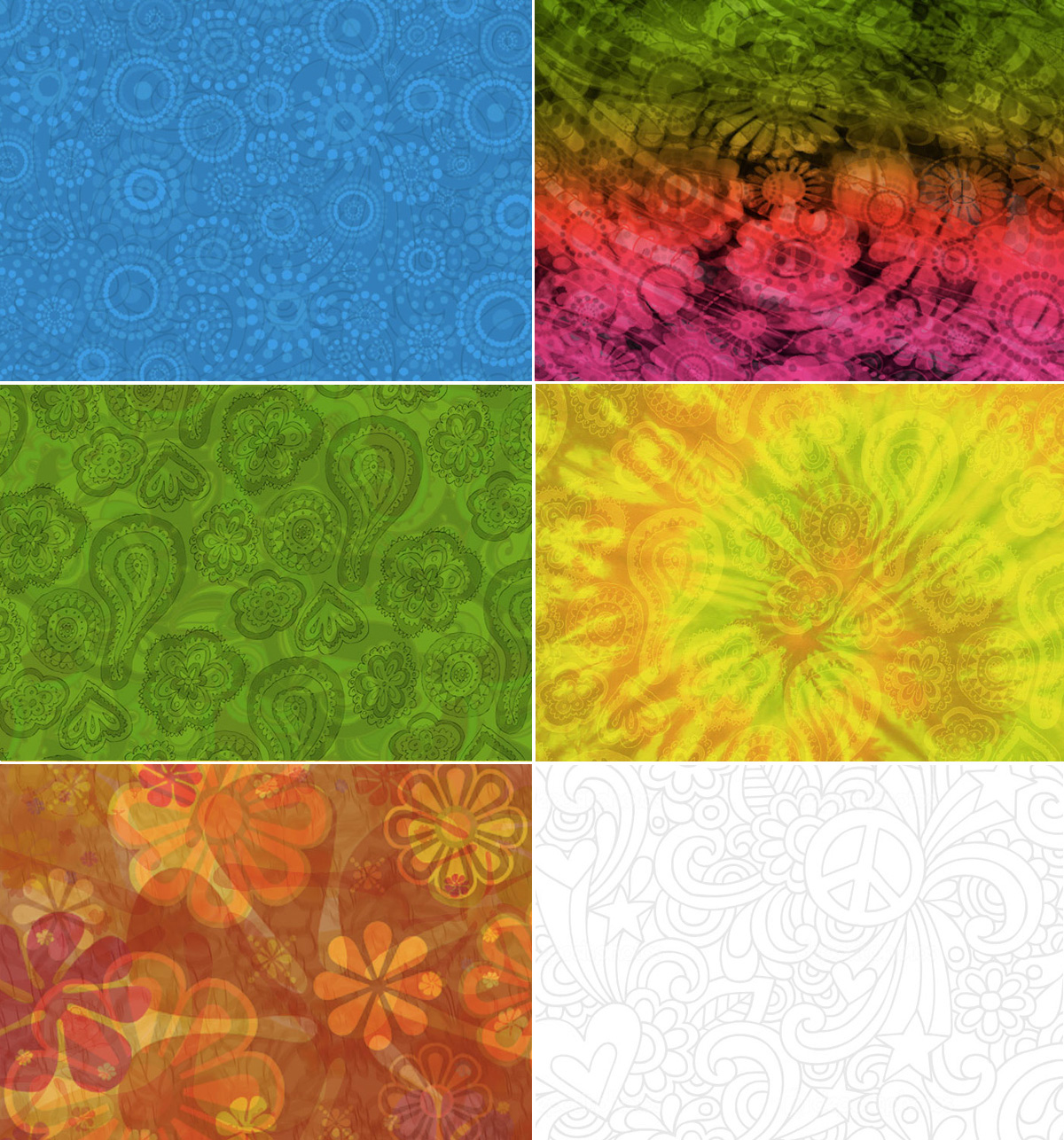
The user would be asked to upload their face (I worked with our web developer to customize the upload/cropping process) or select a face from our library. They would select their hairstyle (Jimi Hendrix afro, Twiggy shag, BeeHive flip, Beatles bowl cut, etc.). Then to choose their outfit. This is where the click-through slideshow of the original RFP happens, only now it is an integral part of a compelling engagement.
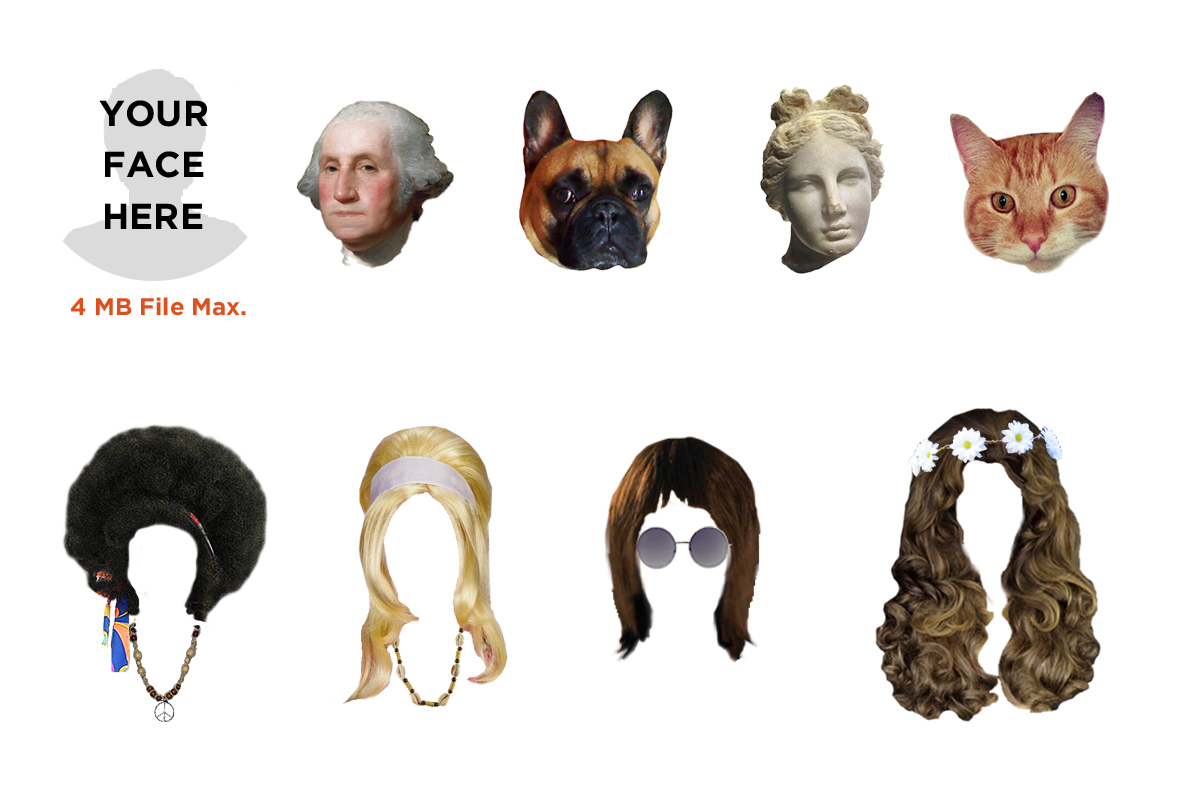
And I created a playful UI that could hold their own against the overpowering backgrounds, including a font that was recognizably playful and trippy without falling into the cliche of a sixties font.
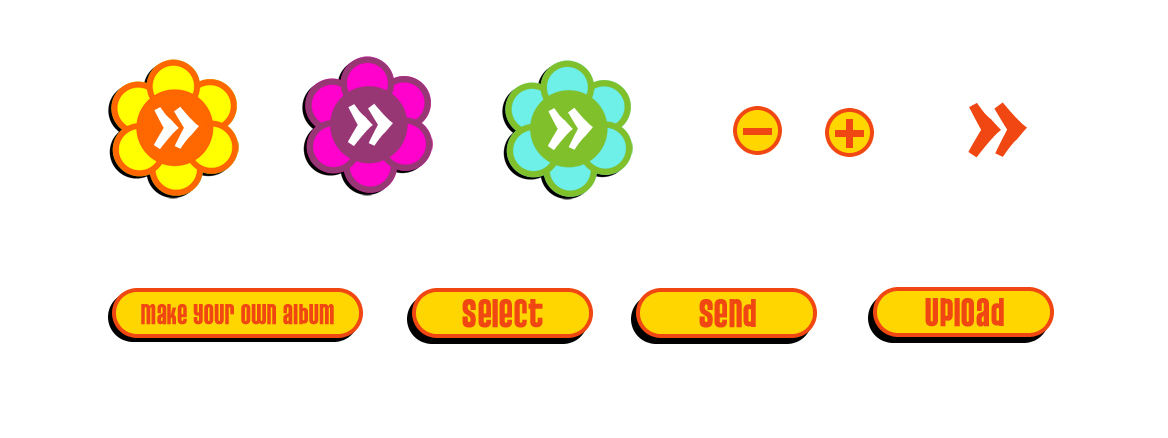

All these elements are selected and overlaid dynamically by server code to form the resulting album cover as a shareable jpeg. Who doesn’t want to share a funny picture featuring themselves? And the recipient is provided a link to make their own. It’s the old “see one, want one” principle applied to digital marketing.
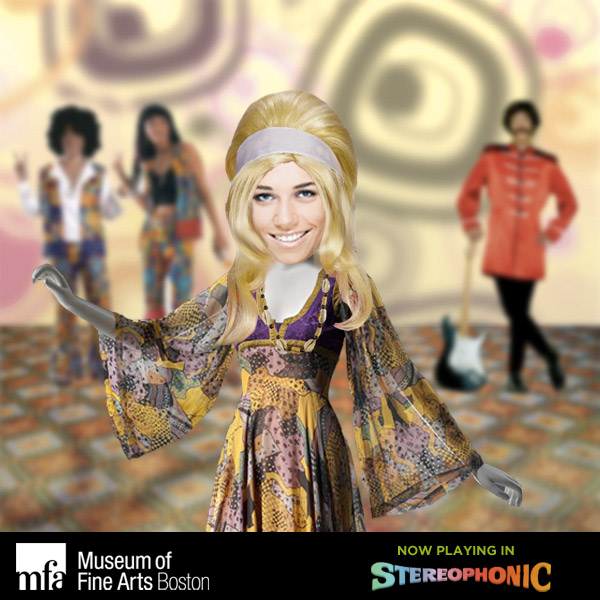
The result:

The MFA handled their own email list, so we don’t know how many total emails were sent or what the open rate was. But Pod Digital Design had access to the database of emails forwarded from the Hippie Chic Remix app (representing people who generated an album and sent it to a friend). Over 80% of the recipient emails in the database were outside the MFA’s member list, which fulfills the museum’s desire to have the promotion be shared widely to non-members.
When people are invited into a meme, they want to share it.
Fulfilling business goals is good. Getting recognition for good work doesn’t hurt either. The interactive “Hippie Chic Remix” promotion also got a writeup in Ad Week. That’s outta sight!
